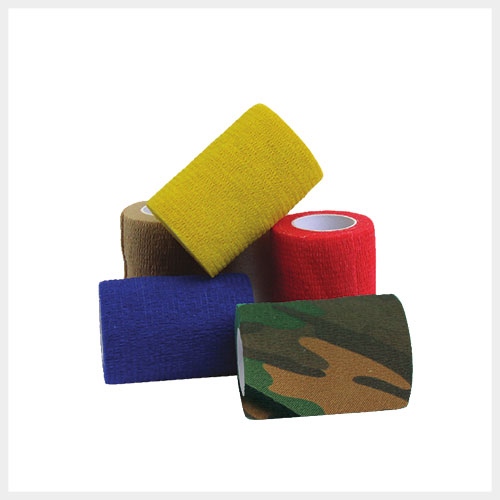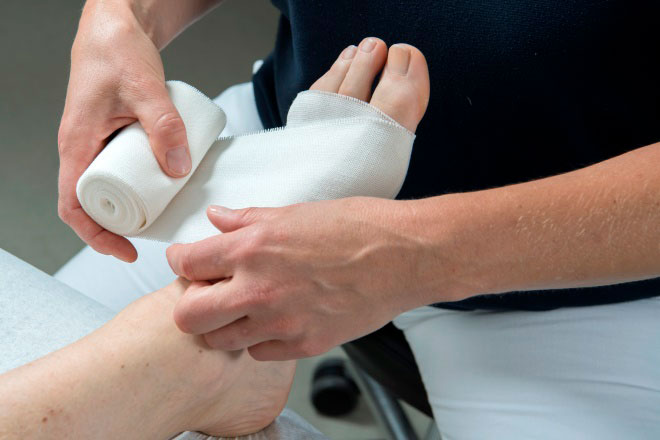Bandages or compression therapy is the treatment of edema with polster material such as bandage. Cohban bandage and polster material are used to create this link. By using such a compression bandage, the moisture is driven out of the tissues by pressure and transported to lymph and venous vessels.
What different types of polster material can you use for this?
There are several polster materials that can be used to distribute pressure on edema. Polster material plates with foam or felt are widely used by sports or physiotherapists. This type of polster material can be easily cut to size and is therefore ideal to apply for faeces of muscles and weights or to promote recovery.
What is the most commonly used polster material?
That’s the synthetic cotton sw bit. This material on roller is easy to use and is used for example sprains or the treatment of edema.
Request polster material
Laying a bandage with polster material
When bandages by means of polster material, the pressure should be highest around the ankles.
- Always start at the foot (preferably with the small toe).
- Then gradually decrease the pressure from below in the direction of the heart.
- The pressure around the edema should be evenly distributed around the leg. Because a leg is not equally round at all points, cavities can develop during bandages.
- To prevent pressure points and distribute the pressure as evenly as possible, these cavities can be filled with polster material such as cotton swaks.
- Finally, fix the bandage with plasters or tape and check that the pressure is good.
What material is needed to protect your legs or arms?
- Tightly rolled short-rack bandage (10 or 12 cm) Cohban Bandage
- Leg support for patient
- Chair or stool for aid worker
- Tricot tube bandage or pre-tape (e.g. Stockinette)
- Polsterwatts
- Plasters or tape for fixation
- Scissors
Tips for compression therapy with a bandage
- Bandage bone tracking
- Start with the little toe
- Look ‘in the roll’ while screegging
- Use cotton swo too or pelottes to reduce or increase local pressure
- Apply the bandage smoothly and without creases
- Fix the bandage with plasters or tape
- Change the bandages regularly
- If the pressure is good, the bandage can stay for up to a week

Practice with pressure meters. Check that the pressure distribution is good and the bandage is well applied.
Would you like more information about our products?
Would you like to include one of our products in your range
and become a reseller of, for example, brand Pro-Orthic?


